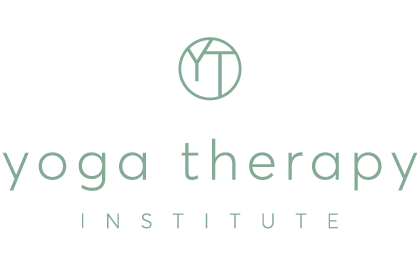Trauma, post-traumatic stress disorder and the role of Yoga continue to be hot topics in the Yoga community. Experts agree that Yoga therapy has a useful role in trauma treatment.
It is common for yoga therapists and teachers to have students who are experiencing trauma-related issues in class. Trauma is complex and the Yoga therapist/teacher requires particular skills in order to be effective. The way you use language is critical when working with people experiencing trauma. Key aspects include the words you use, the tone of your voice and your inflection. Sal Flynn is a yoga therapist and psychotherapist who specialises in trauma. She suggests that these sessions can be more about how you teach rather than what you teach.
Sal Flynn outlines 4 tips for Yoga Therapists in Trauma Classes
1. Use Invitational language: Invitational language creates options and promotes choice and control. It invites enquiry, experimentation and curiosity. Invitational language allows people to explore what is present without judging whether it is right or wrong, whereas ‘absolutes’ or commands may engender feelings of failure if a person’s experience is different to what you are suggesting.
For example, a command such as ‘Feel or let yourself relax and release’ may promote greater anxiety in a student who can’t relax on cue. A better option may be to say, ‘Notice whether a sense of ease is present or not’. It is also important to remember that what some people find safe can create feelings of insecurity in others. An instruction to close your eyes may be terrifying for some people while an option such as ‘“You might like to try closing your eyes – perhaps see how it feels and then you can choose what you prefer – eyes open or closed” allows the student to manage and control their own experience.
2. Use of commands: Minimise commands but be aware that in some instances clear and definite language is critical. It is used predominantly to keep students safe. For example, the instruction to keep your knees and toes pointing in the same direction or bend the knees slightly to protect the lower back, needs to be clear and definite.
3. Use metaphors sparingly: We are not asking trauma survivors to imagine out of body states such as might occur through the use of imagery, but rather to experience what is happening in their body right now. Direct their attention to their internal experiences.
4. Talk Less: Often ‘less talk’ is better. Avoid unnecessary words just to fill in quiet spaces. One clear statement and quietness is often much better for a trauma client rather than continuous talking.
Sal Flynn is a Yoga Therapy Educator & Psychotherapist. She is one of the lead trainers on the Yoga Therapy Institute’s Graduate Certificate in Yoga Therapy.

